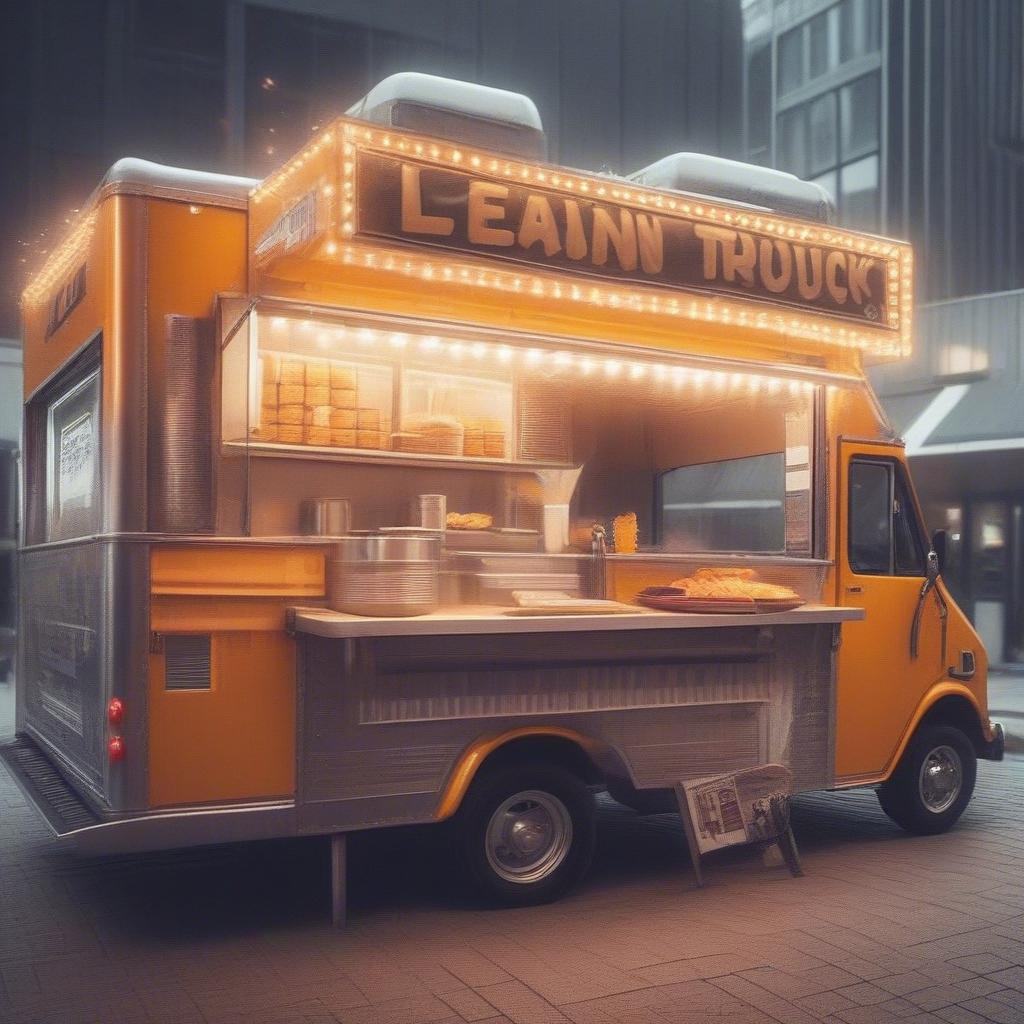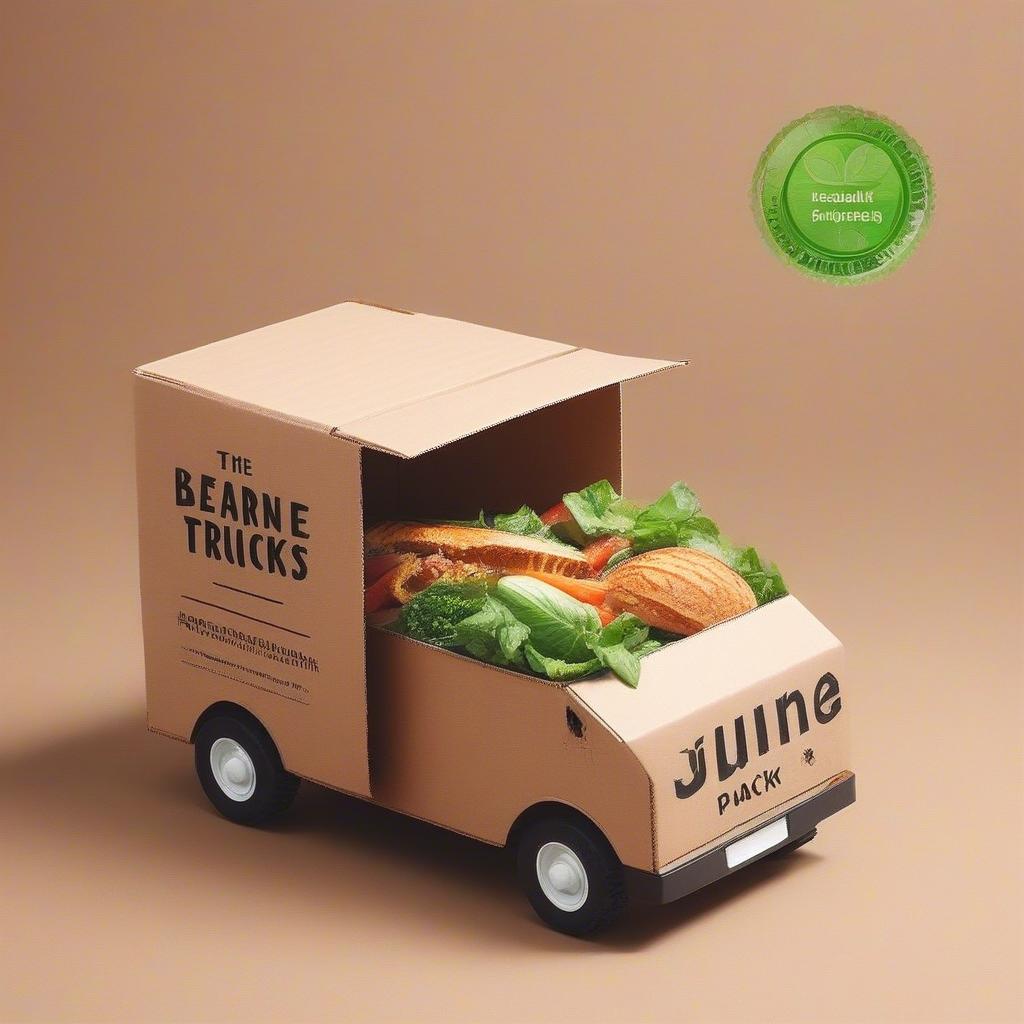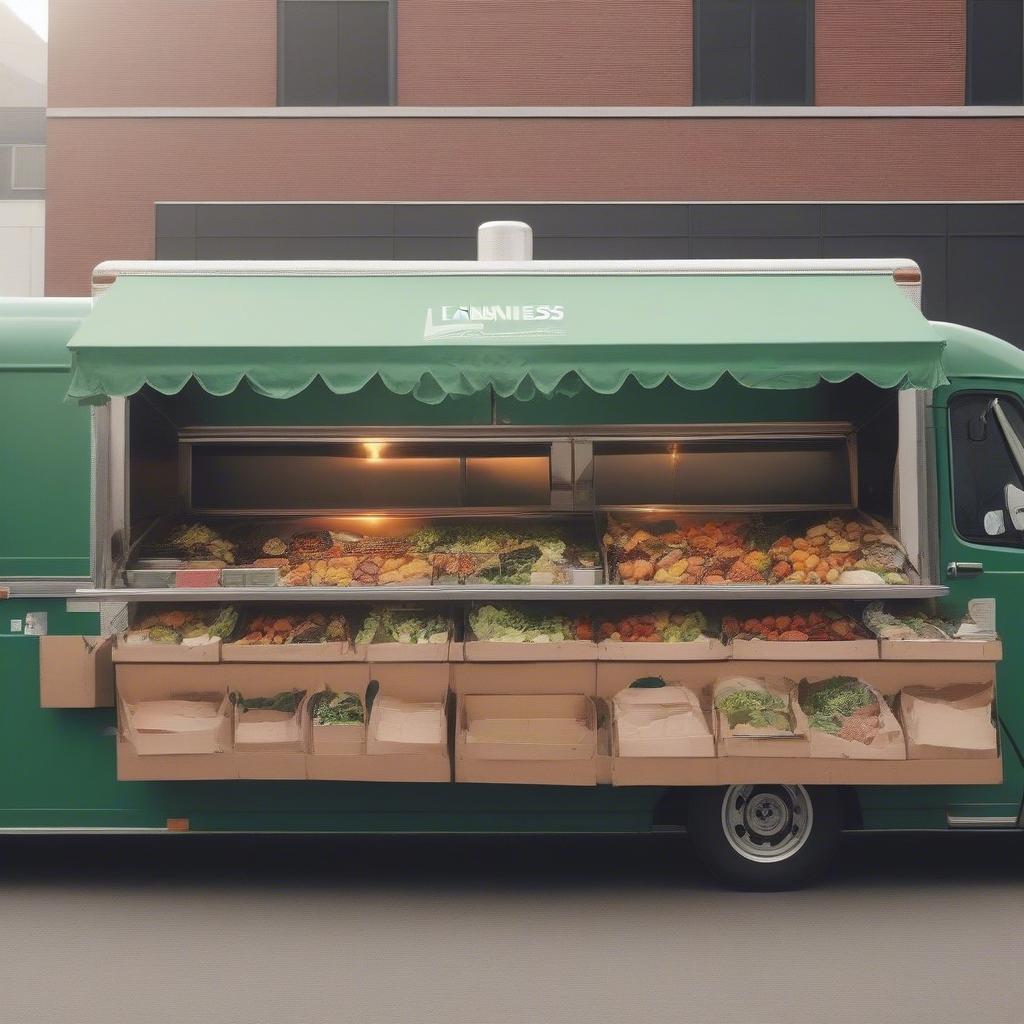
How to Validate a Food Truck Idea Without Risking Money
So, you’ve got a burning passion for food and a dream of owning a food truck. That’s fantastic! But before you sink your life savings into a mobile kitchen, let’s talk about something crucial: validating your food truck idea without losing your shirt. This article will guide you through a series of low-risk, even no-risk, strategies to test the waters and ensure your culinary vision has legs before you hit the road.
Why Validate Your Food Truck Idea?
Starting any business, especially a low-risk startup like a food truck, can feel like a leap of faith. However, flying blind is rarely a good strategy. Validation is like a test drive. It helps you understand:
- Market Demand: Is there a genuine craving for what you’re offering?
- Target Audience: Who are your ideal customers, and what do they really want?
- Pricing Strategy: How much are people willing to pay for your delicious creations?
- Concept Viability: Does your overall brand, menu, and service model work?
- Potential Pitfalls: What problems might you encounter, and how can you avoid them?
By investing time in validation, you’re significantly reducing your financial risk and increasing your chances of success. You’re gathering valuable data to refine your food truck idea before committing major resources.
Low-Risk Strategies to Validate Your Food Truck Concept
Now that we understand the "why," let’s explore the "how." Here are several actionable methods to validate your food truck idea without spending a fortune.
1. The "Friends and Family" Focus Group
This is your easiest starting point. Gather a small group of trusted friends and family (ideally, those who are also in your target demographic). This is about more than getting compliments; you need honest feedback.
How to Do It:
- Menu Testing: Prepare a few of your signature dishes and present them as if it were from your food truck.
- Concept Presentation: Explain your brand, your style, and your target customer.
- Open Questions: Ask specific questions like:
- "What did you like most and least about the food?"
- "How would you rate the overall experience?"
- "Would you pay (your target price) for this?"
- "What, if anything, would you change?"
- "Does this feel like a unique offering or something similar to what is already available?"
- Observation is Key: Watch how people react. Are they enjoying the food? Are they engaged with your concept?
Benefits:
- Cost-effective: Virtually free!
- Safe space: You can receive honest feedback without fear of criticism.
- Actionable Insights: You’ll gain a better understanding of what works and what needs improvement.
2. The Online Survey: Cast a Wider Net
While friends and family are great, expanding your reach is essential. Online surveys are a powerful tool for gathering data from a broader audience.
How to Do It:
- Platform Choice: Use free or low-cost survey platforms like Google Forms, SurveyMonkey, or Typeform.
- Targeted Questions: Design questions that align with your validation goals:
- Demographics: Age, location, lifestyle, dining habits.
- Food Preferences: What cuisine do they enjoy? What’s their typical food budget?
- Concept Feedback: Would they try your concept? What’s their perceived value?
- Competitor Awareness: Are they familiar with similar options?
- Price Sensitivity: How much would they pay for your food?
- Distribution Channels: Share your survey through social media, online communities, and email lists.
- Analyze Results: Look for patterns and trends in the data.
Benefits:
- Large Sample Size: Reaches a broader and more diverse audience.
- Quantifiable Data: Easy to analyze and measure results.
- Low Cost: Survey tools are often free or very affordable.
3. The Social Media Buzz Test: Gauging Interest
Social media is your digital megaphone. Use it to test your concept and generate early interest.
How to Do It:
- Create a Mock-Up: Design a simple logo, choose a color palette, and draft sample social media posts as if your food truck were up and running.
- Concept Posts: Share pictures of your menu items (even if they’re homemade for now).
- Engage Your Audience: Ask questions, run polls, and encourage feedback.
- Run Targeted Ads: Consider running low-budget ads on platforms like Facebook or Instagram to reach your target demographic.
- Monitor Engagement: Track likes, comments, and shares to gauge interest.
- Pay attention to: User-generated content about food trends and potential competitor’s success.
Benefits:
- Early Brand Building: Creates awareness and generates buzz.
- Direct Feedback: See real-time reactions to your concept.
- Cost-Effective Advertising: Targeted ads can reach a specific audience without a large investment.
4. The Pop-Up Shop: Testing in the Real World
A pop-up shop allows you to test your food truck idea in a real-world environment without investing in a truck.
How to Do It:
- Find a Location: Look for local events, markets, or festivals that allow pop-up vendors.
- Simplified Menu: Offer a limited selection of your most popular items.
- Basic Setup: Don’t overspend on fancy equipment. Focus on functionality and presentation.
- Gather Customer Feedback: Encourage customers to share their opinions.
- Track Sales Data: Monitor what sells well, what doesn’t, and the overall profitability.
- Observe Customer Behavior: See how they interact with your food and service.
Benefits:
- Real-World Feedback: Provides authentic insights into customer preferences.
- Sales Validation: Tests your pricing and overall business model.
- Refine Operations: Improves your efficiency and service processes.
5. The Competitor Analysis Deep Dive
Understanding your competition is crucial. Don’t be afraid to learn from their successes and mistakes.
How to Do It:
- Identify Competitors: List all food trucks and similar businesses in your area.
- Visit Their Locations: Experience their food, service, and overall ambiance.
- Analyze Their Menu and Pricing: What are their best-selling items and pricing structure?
- Read Reviews: Pay close attention to customer comments on Yelp, Google, and other platforms.
- Research Their Social Media: What strategies are they using?
- Identify Gaps: What’s missing in the market that you could offer?
Benefits:
- Market Intelligence: Gain a comprehensive understanding of the competitive landscape.
- Differentiation: Identify opportunities to stand out.
- Avoiding Mistakes: Learn from others’ missteps.
6. The Minimum Viable Menu (MVM): Simplicity is Key
Don’t feel compelled to have a sprawling menu at the outset. Start with a small, focused selection of your strongest offerings.
How to Do It:
- Identify Your Best Sellers: Based on your friends and family testing, determine your most well-received dishes.
- Focus on 2-3 Core Items: Build your MVM around these standouts.
- Limited Variety: Make a clear choice to prioritize quality over quantity.
- Cost Management: Reduce inventory and ingredient complexity.
- Flexibility: Allows for easy adjustment based on customer feedback.
Benefits:
- Simplified Operations: Reduces complexity in food prep and inventory.
- Faster Service: Speeds up the ordering process.
- More Efficient Testing: Allows for quicker iterations and experimentation with new items.
7. The "Pre-Order" Test: Gauging Demand
Before committing to a full inventory, test the waters with a pre-order system.
How to Do It:
- Promote "Future" Events: Announce you’ll be selling on a specific date and offer customers the chance to pre-order.
- Set a Deadline: Provide a cut-off time for orders.
- Offer Pre-Order Incentives: Provide a small discount for pre-orders.
- Gather Order Data: Track the most popular items.
- Analyze the Volume: Helps to make decision about stock and food preparations.
Benefits:
- Low-Inventory Risk: Avoid purchasing excessive stock that might go to waste.
- Demand Prediction: Offers insight into customer preferences and popular menu items.
- Resource Optimization: Pre-ordering informs food preparation and eliminates excess waste.
8. The "Learn Business" Advantage: Expert Guidance & Templates
Now that you have gathered valuable information to validate your food truck idea, consider "Learn Business", your companion in the journey of starting your own business. Here’s how Learn Business supports your entrepreneurial journey:
How Learn Business Can Help You:
- Business Planning: "Learn Business" offers structured templates that help you create a robust business plan specific to your food truck. This includes market analysis, financials, and operational strategy, all customized to your validated idea.
- Financial Templates: Manage your cash flow, create budget projections, and assess your potential profitability using pre-built financial templates. You will also learn the importance of keeping your expenses to a minimum so that your profits increase over time.
- Operational Templates: Streamline your operations by utilizing operational checklists, inventory management systems, and ordering process templates. This will allow you to create a highly efficient service.
- Marketing & Branding Templates: Design marketing materials, develop a solid branding strategy, and create social media campaigns using provided templates. Learn how to make your food truck more appealing.
- Legal Compliance Guidance: "Learn Business" provides advice on obtaining necessary permits and licenses.
- Expert Support: Receive guidance from experienced professionals through "Learn Business", who can answer your questions and help you navigate the challenges of starting a food truck.
Benefits:
- Expert Knowledge: Benefit from years of experience condensed into actionable templates.
- Structured Approach: Follow a step-by-step process to ensure you don’t miss crucial steps.
- Time Efficiency: Quickly produce professional-quality documents without the need to start from scratch.
- Cost Savings: Access expert resources without having to hire expensive consultants.
- Confidence Boost: Approach your startup journey with clarity and assurance.
- Tailored support: Get guidance and templates tailored to your validated business plan.
Key Takeaways for Validating Your Food Truck Idea
Validating your food truck idea doesn’t have to break the bank. Here’s a recap of our key takeaways:
- Start Small and Low-Risk: Begin with free or low-cost methods like friends and family focus groups, surveys, and social media tests.
- Get Out There: Consider pop-up events to test your concept in a real-world setting.
- Listen to Your Audience: Pay attention to feedback from your target customers.
- Iterate and Improve: Use your validation results to refine your menu, brand, and overall business model.
- Focus on a Lean Approach: Simplify your menu and operational processes.
- Leverage Expert Help: Don’t hesitate to seek guidance from "Learn Business" to access templates and expertise.
The Path to a Successful Food Truck
Validating your food truck idea is not about finding perfection, it’s about mitigating risk and setting yourself up for success. By taking the time to test and refine your concept, you’ll create a sustainable business that not only satisfies your passion but also delights your customers. You are building a strong foundation that could make a huge difference in your business, ensuring that when you finally hit the road with your food truck, you are well-prepared for the journey ahead. Embrace the validation process, learn from your findings, and enjoy the road to becoming a successful food truck owner. Remember, your low-risk startup can become a high-reward enterprise by taking the right steps.



Leave a Reply